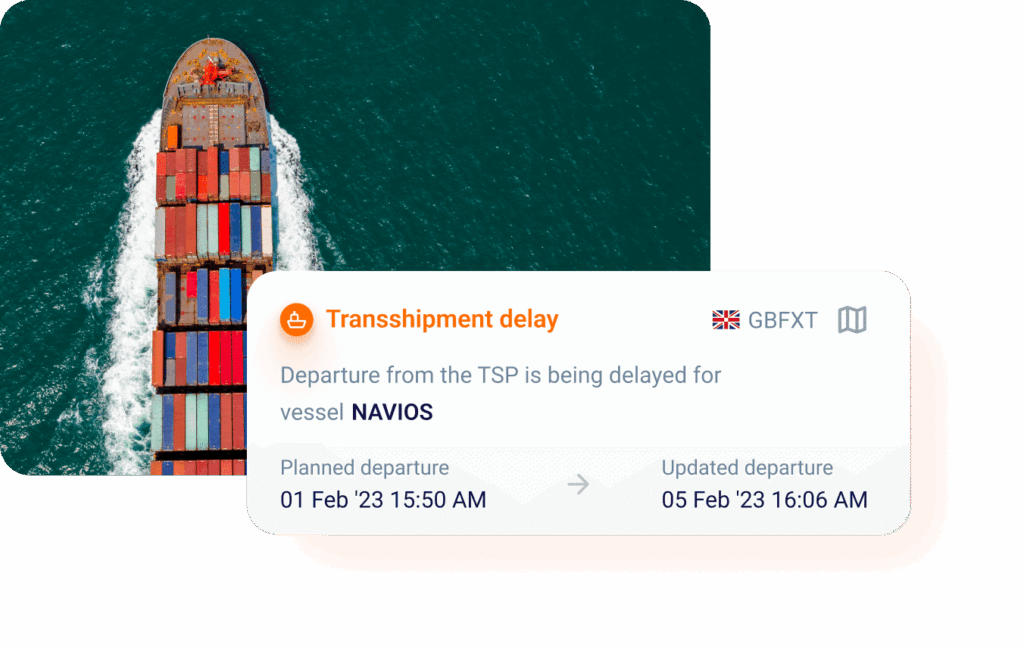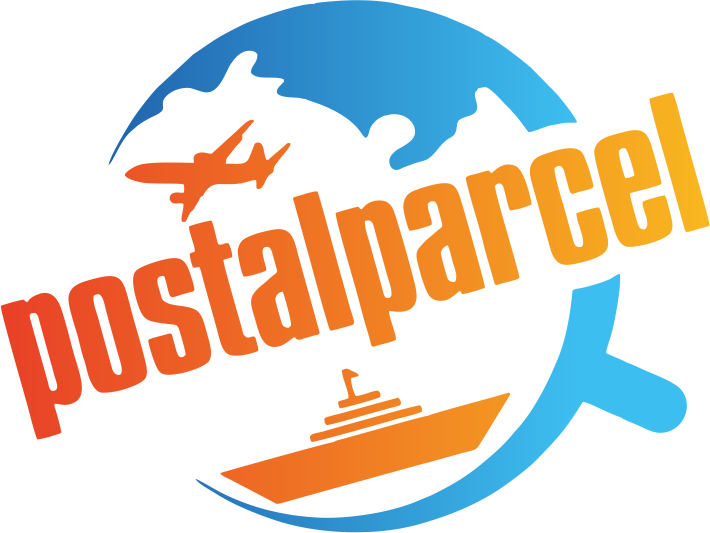Top Global Logistics Track Platforms with Multi-Carrier Support
Global logistics track platforms with multi-carrier support are becoming essential tools for modern e-commerce businesses. As global trade becomes more competitive, relying on a single carrier or a basic tracking solution is no longer enough. Businesses need a centralized platform that manages multiple carriers, offers real-time shipment visibility, reduces customer service pressure, and improves delivery efficiency.
This guide explores the top global logistics track platforms with multi-carrier support. We’ll highlight the key features, compare the best solutions, and share a real-world case study showing how businesses can leverage these tools for better customer experiences.

Why Multi-Carrier Support Matters
Simplifies Shipping Operations
When a business works with several carriers, such as FedEx, DHL, UPS, and local couriers, managing them individually creates confusion. A platform with multi-carrier support unifies all shipment data into one dashboard. As a result, businesses spend less time tracking packages and more time improving their operations.
Boosts Delivery Transparency
Today’s buyers expect accurate, real-time information. However, if you rely on a single carrier’s updates, customers may experience delays or incomplete tracking details. Multi-carrier platforms bridge this gap by providing consistent tracking visibility, regardless of which carrier handles each shipping stage.
Enables Flexibility and Cost Savings
Shipping costs and delivery times vary by region and courier. With multi-carrier logistics platforms, businesses can compare rates, transit times, and reliability across different carriers. Therefore, they can choose the most cost-effective solution while maintaining fast, reliable delivery.
Top Features of Global Logistics Track Platforms
1. Unified Tracking Dashboard
A single dashboard allows logistics managers to monitor all shipments in real time. Clear visibility improves decision-making and helps businesses handle delays or exceptions faster.
2. Branded Tracking Pages
Leading platforms enable businesses to create customized tracking pages with their own logos, colors, and promotional banners. Instead of sending customers to third-party carrier websites, the experience stays inside your brand ecosystem.
3. Predictive ETA with AI

Traditional tracking often lacks accuracy. However, platforms like PostalParcel leverage AI-powered predictive ETAs. Businesses can provide customers with highly reliable delivery estimates by analyzing patterns from historical data and live carrier updates.
4. Exception Management Alerts
Delays, customs clearance issues, or failed deliveries are inevitable. A smart tracking platform sends instant alerts, enabling businesses to resolve problems quickly and improve customer satisfaction.
5. Multi-language & Multi-region Support
For cross-border sellers, language and regional tracking differences matter. Platforms with multilingual support ensure a smooth customer experience globally.
Top Global Logistics Track Platforms with Multi-Carrier Support
1. PostalParcel
PostalParcel is designed for e-commerce brands, third-party logistics providers, and cross-border sellers seeking a robust global tracking solution. It integrates with over 1,000 international carriers and offers features that streamline delivery management:
- AI-powered predictive ETA
- Real-time multi-carrier integration
- Branded tracking pages for better customer engagement
- Built-in exception management tools
- API integration with ERP, WMS, and order systems
- Free global shipment tracking for end users
PostalParcel Case Study: Improving Delivery for a Global Brand

One U.S.-based apparel brand shipping to 40+ countries struggled with delayed updates and rising WISMO tickets. They partnered with PostalParcel to centralize their logistics tracking.
Before using PostalParcel:
- 25% of customers contacted support asking, “Where is my order?”
- Average delivery updates were delayed by 12–24 hours.
- Tracking pages redirected customers to multiple carrier sites, reducing trust.
After using PostalParcel:
- WISMO tickets dropped by 65% in three months.
- Predictive ETA improved delivery accuracy by 30%.
- Customers spent more time on the brand’s own tracking page, improving conversion for future purchases.
This case demonstrates how PostalParcel simplifies global logistics, reduces operational costs, and strengthens customer relationships.
2. AfterShip
AfterShip is widely used by online retailers and integrates with thousands of global carriers. Its strengths include:
- A centralized dashboard for shipment tracking
- Customer notifications via SMS and email
- Branded tracking pages with customizable designs
- Detailed delivery analytics
However, predictive ETA accuracy may be less advanced compared to platforms like PostalParcel.
3. ShipStation
ShipStation is ideal for mid-size e-commerce businesses that require both tracking and shipping automation. It provides:
- Rate comparisons across carriers
- Batch label printing for faster fulfillment
- Branded tracking experiences
- Multi-channel order syncing
While it performs well domestically, it offers fewer advanced features for complex cross-border logistics.
4. Parcel Perform
Parcel Perform focuses on data accuracy and real-time analytics. It supports over 1,000 carriers worldwide and provides tools to optimize delivery performance:
- Accurate, real-time updates
- Advanced filtering for logistics teams
- AI-powered delay predictions
- Performance reports for carrier benchmarking
It’s a strong choice for large enterprises looking for data-driven insights.
5. EasyPost
EasyPost offers a developer-friendly API solution for businesses wanting a custom-built tracking system:
- RESTful API with comprehensive documentation
- Tracking, labeling, and rating within one framework
- Domestic and international carrier integration
- Best suited for tech-driven teams with in-house developers
How to Choose the Right Platform

Integration Capabilities
Choose a platform that connects seamlessly with your existing systems, including ERP, WMS, Shopify, or WooCommerce. The fewer manual processes required, the better your workflow. Ideally, select a solution like PostalParcel, which integrates smoothly with popular e-commerce platforms and offers an open API for custom connections. This flexibility helps businesses manage operations more efficiently.
Scalability and Performance
As your business grows, shipment volume may increase dramatically. Therefore, it is critical to select a platform that can scale without slowing down. Solutions like PostalParcel are built to handle high-volume tracking without compromising speed, making them suitable for growing brands and enterprise-level sellers.
User-Friendly Dashboard
Complex dashboards can slow down operations. Look for platforms that emphasize simplicity and speed without sacrificing functionality. PostalParcel provides an intuitive interface where businesses can monitor shipments across multiple carriers without extra training or complicated processes.
Global Support and Customs Integration

For cross-border sellers, customs clearance tracking and international courier coverage are must-haves. A good platform ensures smooth updates across all regions. With PostalParcel, you gain access to more than 1,000 carriers worldwide, making global logistics tracking faster, clearer, and far more reliable.
Conclusion
Global logistics track platforms with multi-carrier support have become essential for modern e-commerce businesses. They reduce operational complexity, improve delivery visibility, and enhance customer experience.
Platforms like PostalParcel stand out because they combine predictive ETA, branded tracking, exception management, and integration capabilities into one system. By adopting a platform designed for global operations, businesses can lower support costs, speed up delivery, and strengthen customer loyalty.
Choosing the right platform ultimately depends on your shipment volume, target regions, and technical needs—but one thing is sure: multi-carrier tracking is now a necessity, not a luxury.
Industry Insights
news via inbox
Nulla turp dis cursus. Integer liberos euismod pretium faucibua







